Start your day with health news, readers can also read more articles: Research discovers the benefits of washing rice before cooking; 4 diseases to pay attention to if you have persistent leg pain that won't go away; Discovering a way to walk that reduces the risk of diabetes by up to 39%...
9 benefits of drinking ginger tea when the weather turns cold
Health benefits of ginger include its ability to aid digestion, relieve nausea, reduce inflammation, improve heart health, and boost the immune system.
Here are the health benefits of drinking ginger tea in winter.
Boost your immune system. Ginger has strong antibacterial and anti-inflammatory properties that help boost your immune system, helping your body better fight off winter illnesses like the flu.
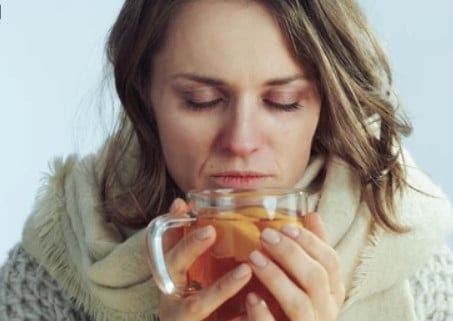
Ginger has natural decongestant properties, which can help relieve cold symptoms like cough, sore throat and nasal congestion.
Relieve cold and flu symptoms. Ginger has natural decongestant properties that can help relieve cold and flu symptoms like cough, sore throat, and nasal congestion.
Relieves digestive problems. Ginger helps with digestive problems like indigestion, bloating, and nausea. It can also promote better absorption of nutrients from food.
Reduces joint pain and inflammation. Joint pain and muscle aches are often worse during the cold season. Ginger contains Gingerols, which have anti-inflammatory and antioxidant properties, which can reduce muscle pain and arthritis. Studies show that ginger extract can reduce knee pain and improve arthritis symptoms.
Improves blood circulation. Ginger has the ability to warm the body from the inside by improving blood circulation. This can help combat cold hands and feet and prevent circulatory problems. Readers can read more about this article on the health page on November 30 .
4 diseases to pay attention to if you have persistent leg pain that does not go away
Whether chronic or acute, leg pain requires a clear cause. Understanding the cause will help the treatment methods be effective. Some of the causes of pain are serious health conditions.
Leg pain can be dull or severe. Some are acute and severe, while others are chronic. The key to relieving pain is to find the cause.
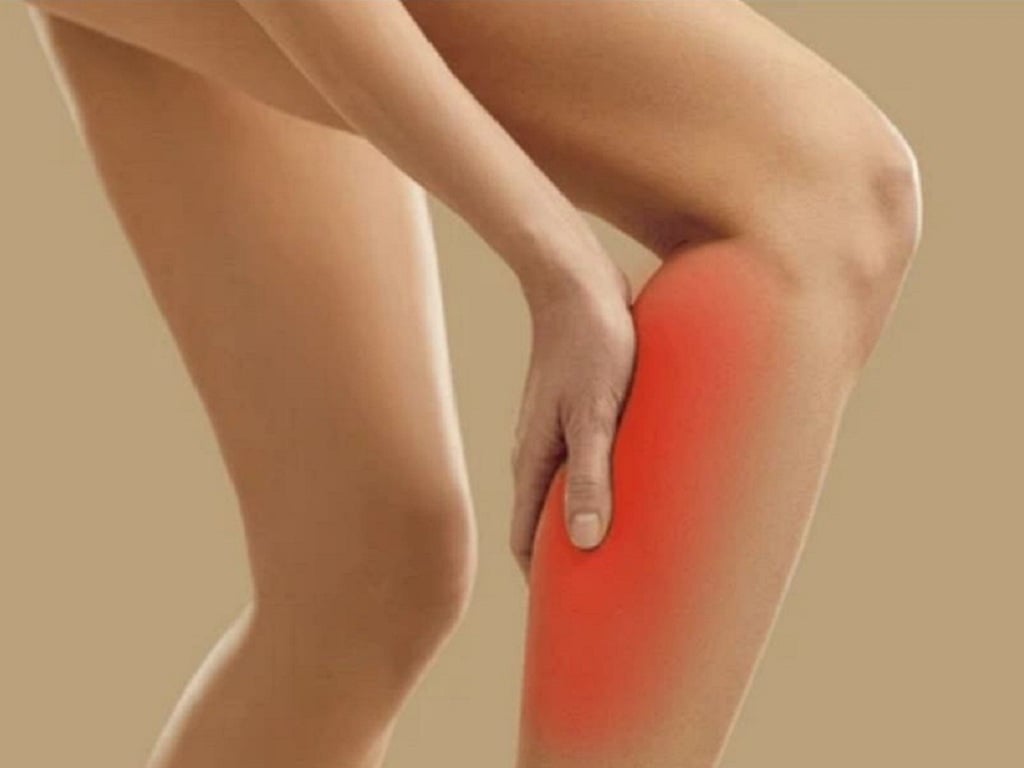
Persistent calf pain that does not go away with swelling and a feeling of heat on the skin is most likely due to deep vein thrombosis.
Persistent leg pain that does not go away can be due to the following causes:
Peripheral artery disease. Peripheral artery disease occurs when plaque builds up in the artery walls, blocking the blood supply to the legs. This blocked blood flow causes pain, especially when moving. Other symptoms include leg cramps, numbness, or weakness.
Nerve compression. A compressed nerve causes numbness and tingling followed by excruciating pain. If the sciatic nerve is compressed, the pain can radiate down the entire leg.
The most common cause of sciatic nerve compression is a herniated disc or spinal stenosis. Typical symptoms include itching, numbness, and pain radiating down the leg. The next part of this article will be on the health page on November 30 .
Research finds benefits of washing rice before cooking
Rice is a staple food in many countries. Washing rice is considered an indispensable part of cooking rice. Washing rice will make it cleaner, helping to remove dirt, insects and remaining husks. A recent study has also discovered new benefits of washing rice.
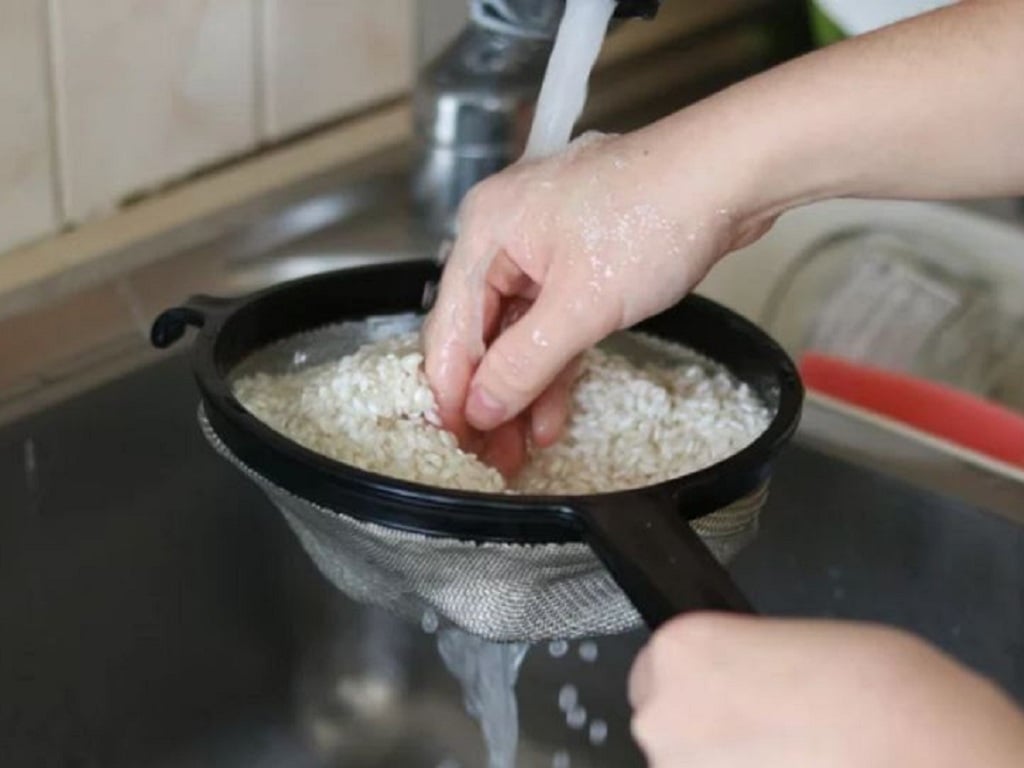
Washing rice helps wash away dirt, husks, and insects.
Washing rice is an indispensable step when cooking rice. Many people believe that washing rice before cooking can reduce the amount of starch in the rice. This is not entirely true. Because when washing rice, the water will be milky white. Research shows that it is free starch, also known as amylose, that sticks to the surface of the rice grain. This amount of starch is formed during the milling process to separate the husk from the rice grain.
A study published recently by the Beijing University of Business and Technology (China) compared the benefits of rinsing rice after cooking between three types of rice: glutinous rice, medium-grain white rice and fragrant rice. Each type of rice was divided into three groups: unwashed, washed three times and washed 10 times.
Research shows that whether or not you wash the rice does not affect the stickiness and elasticity of the rice grains after cooking. Because the stickiness and elasticity of the rice grains does not depend on the surface starch but on another form of starch called amylopectin. They will form during the cooking process. Let's start the day with health news to see more of this article!
Source link



![[Photo] Special class in Tra Linh](https://vphoto.vietnam.vn/thumb/1200x675/vietnam/resource/IMAGE/2025/11/14/1763078485441_ndo_br_lop-hoc-7-jpg.webp)

![[Photo] Unique art of painting Tuong masks](https://vphoto.vietnam.vn/thumb/1200x675/vietnam/resource/IMAGE/2025/11/14/1763094089301_ndo_br_1-jpg.webp)
![[Photo] Deep sea sand deposits, ancient wooden ship An Bang faces the risk of being buried again](https://vphoto.vietnam.vn/thumb/1200x675/vietnam/resource/IMAGE/2025/11/13/1763033175715_ndo_br_thuyen-1-jpg.webp)








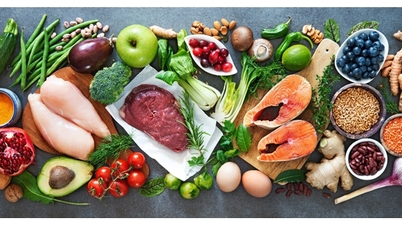





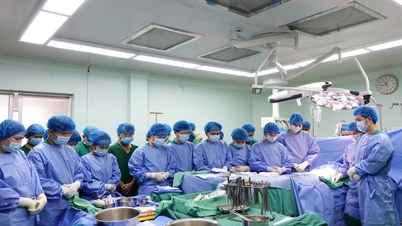
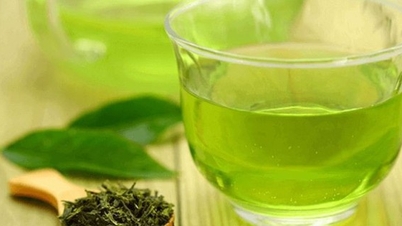























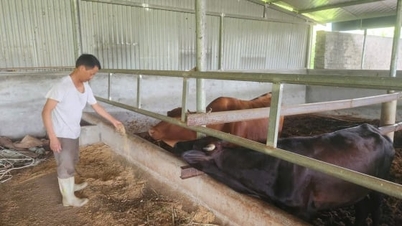



















































![Dong Nai OCOP transition: [Article 3] Linking tourism with OCOP product consumption](https://vphoto.vietnam.vn/thumb/402x226/vietnam/resource/IMAGE/2025/11/10/1762739199309_1324-2740-7_n-162543_981.jpeg)






Comment (0)